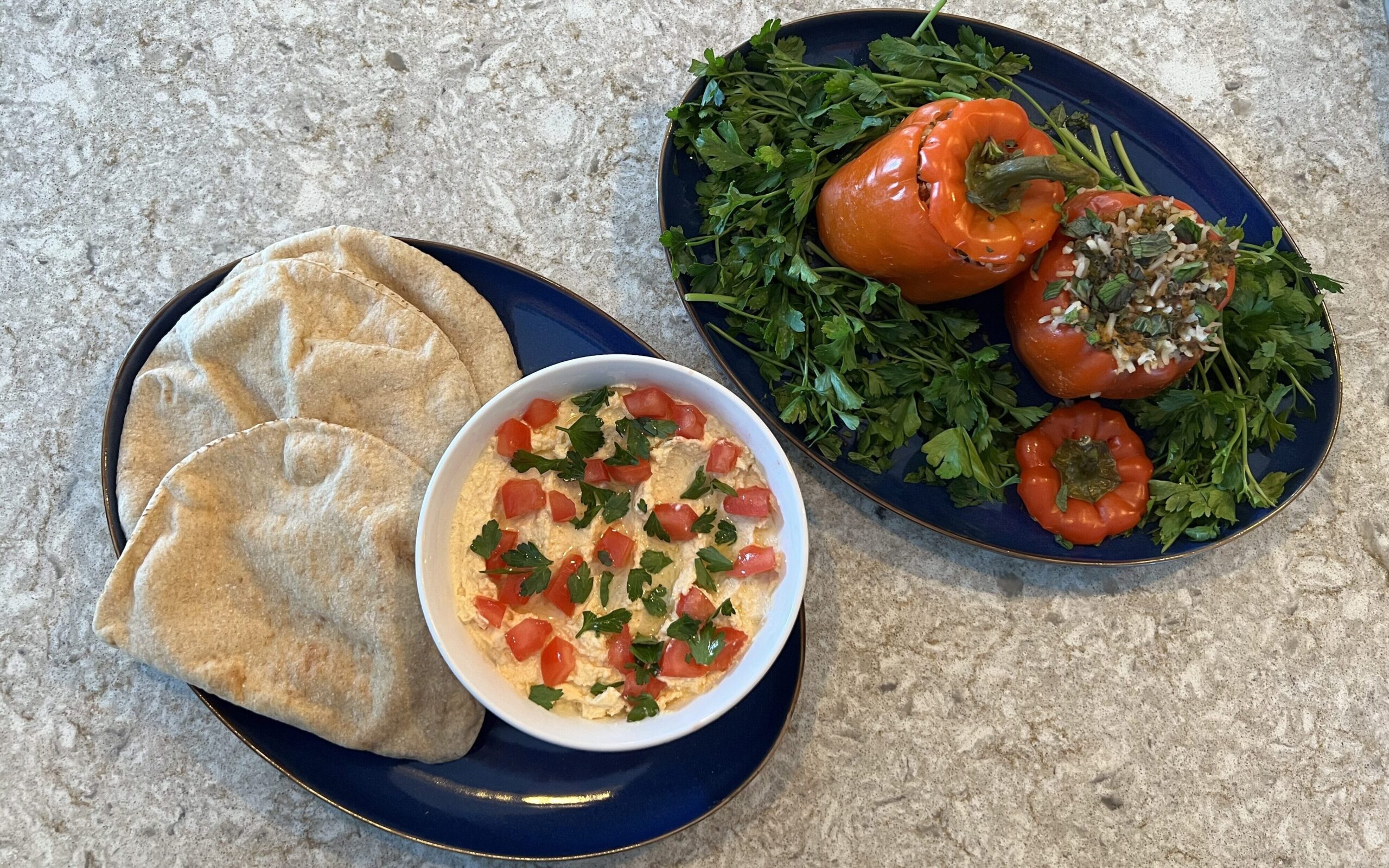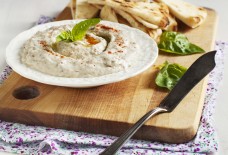Nehal Leheta's "Authentic Egyptian Cooking": A Review

By: Alison Norquist / Contributing Writer
In this 142-page cookbook by Nehal Leheta, the core of Egyptian cuisine is made accessible to readers with not just recipes but also advice on where to find specialty ingredients, swaps for them, and beautiful color photos of almost every dish.
About Abou El Sid
Named after the legendary hospitality figure, Cairo’s famous Abou El Sid restaurant is dedicated to serving delicious Egyptian delicacies and home cooking. First opening its doors in 2000, Abou El Sid focused on being a homely environment and a place for great food. With five locations available in Egypt and Saudi Arabia, the restaurant is highly regarded by the Egyptian Ministry of Tourism and well-reviewed by various websites.
The Cookbook
From the introduction of the book, readers are given a wealth of knowledge not just on the inspiration of the dishes but also a glossary of the most common ingredients used and even some of the specialty equipment used. Upon my first reading, I knew that this was not only going to be a great beginner’s guide but a great foundation to base my knowledge of Egyptian cuisine.
Mezze and soups to mains and desserts, there is something in this book for all tastes. Though it is heavy on the use of veal, which is very expensive in American markets, I felt confident enough with the explanation of the dishes to substitute proteins as needed for my budget. The fish dishes and vegetarian options will surely be a hit with anyone.
Now in its second edition, which is newly available in paperback, the recipes are easy to follow and written plainly. The inclusion of tagin recipes may seem daunting to the home cook. I recently found out that those of us who do not have the iconic conical earthen cookware will be able to use a cast iron skillet or dutch oven to capture that signature cooking style.
The Dishes

Spicy Cheese Dip
I took some time this week to cook from the book, choosing the Spicy Cheese Dip, which reminds me of whipped feta, and pita for my starter. The dip had a beautiful, velvety texture while being both salty and spicy. It played a perfect companion to my main dish, providing a stark contrast between sweet roasted vegetables and luxurious whipped feta. Here’s the recipe:
1 8oz container feta
1/4 tsp chili powder
1 Tbsp neutral oil like corn or olive
1 tomato, cored and diced
1/2 bunch fresh parsley, chopped
olive oil to garnish
In a stand mixer or food processor, combine the cheese, oil, and chili powder. Garnish with diced tomato, chopped parsley, and good olive oil to taste. Serve with pita or vegetables.
Mahshi
For my main dish, I made beef and rice stuffed vegetables called Mahshi. While I have made stuffed peppers in the past, this filling was herbaceous and bright in a way that I have never had before. The combination of dill, mint, cilantro and parsley was foreign to my palate, but I found comfort in it. I used six peppers for mine, but Leheta states that eggplant, zucchini, and tomatoes also make for great bases. Here is how to make it:
1 lb ground beef or veal
2 Tbsp grated onion
4 garlic cloves, minced
1/4 tsp chili powder
1 tsp white pepper
1 cup long grain rice, rinsed and drained
2 bunches each of fresh parsley, mint, cilantro, and dill
3 tomatoes, peeled and chopped
1 carrot, sliced into rounds
1 Tbsp tomato paste
Mix the filling mixture thoroughly, making sure to save the stems from the herbs for the cooking process later. Wash and core your vegetables. Stuff with prepared mixture very loosely, as the mixture expands during cooking. In your pot, make a bed for the vegetables out of the herb stalks. Arrange stuffed vegetables.
For the sauce, combine:
1 cube vegetable or beef broth
2 cups water
1 Tbsp tomato paste
Pour around the vegetables and bring them to a boil. Cover until boiling and then reduce to a simmer. Cook for 30-45 minutes or until the filling reaches a temperature of 165 degrees. Transfer to a serving plate and garnish with chopped mint.
Sadly, I did not get to try a dessert this time around, but the recipes for Pumpkin Gratin and Om Ali with Mixed Nuts were enough to make my mouth water. The desserts all seem simple in nature, some mixture of grain or pastry with dairy and nuts, but the simplicity is what is so interesting to me and gives room for additions of spices, rose water, and honey in the future.
The Author
Nehal Leheta is an interior designer in Cairo with a strong interest in cuisine. She has designed a number of restaurant interiors in Egypt and is a co-founder of Design Point, an interior and architecture design and consulting firm.
Check out Arab America’s blog here!








